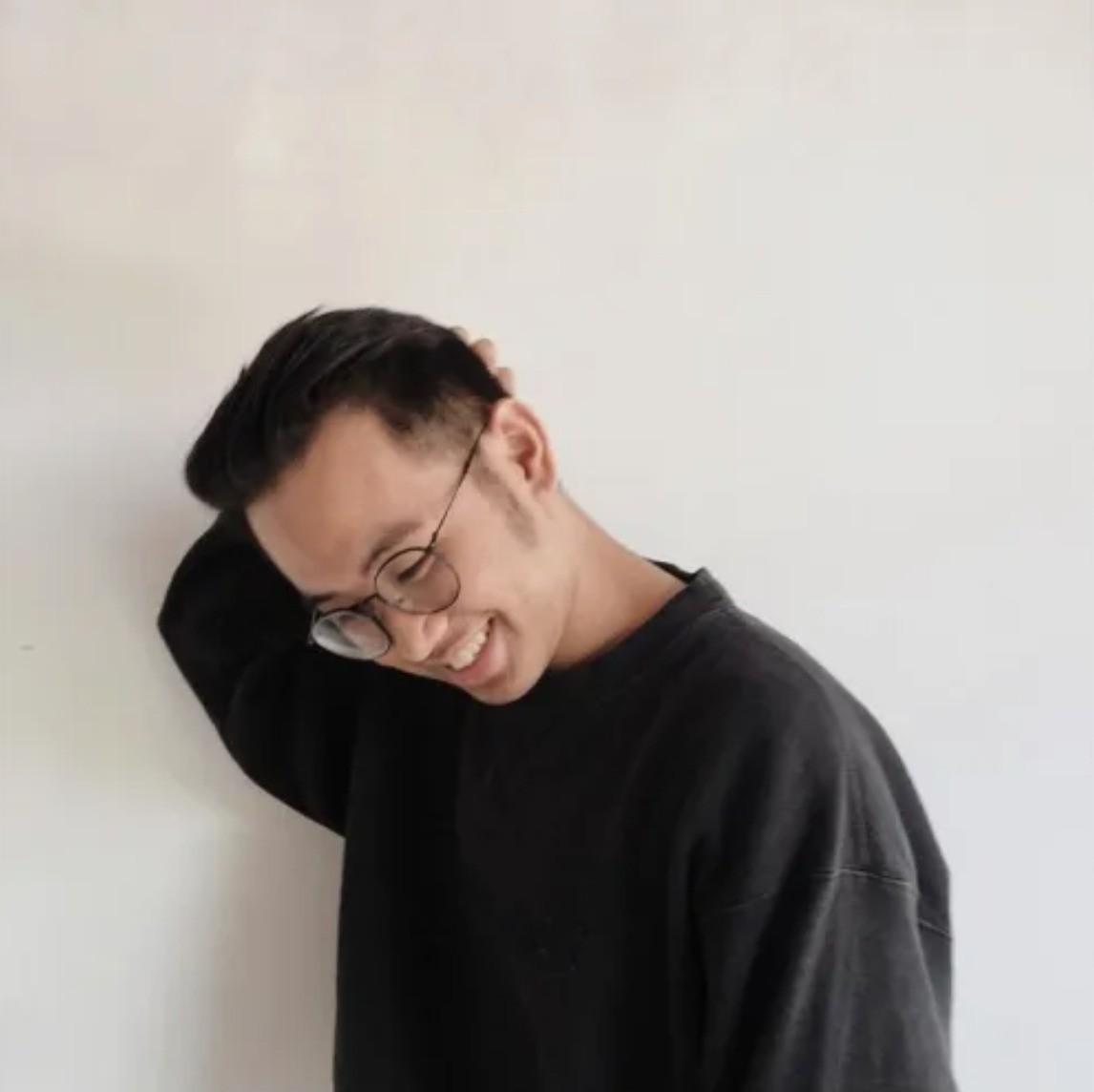Corak
Category: Footwear
Competitions: International
Batik is an Indonesian technique of wax-resist dyeing applied to the whole cloth.This technique originated from the island of Java, Indonesia. Batik is made either by drawing dots and lines of wax with a spouted tool called a canting, or by printing the wax with a copper stamp called a cap. The applied wax resists dyes and therefore allows the artisan to colour selectively by soaking the cloth in one colour, removing the wax with boiling water, and repeating if multiple colours are desired. Batik is very important to Indonesians and many people wear it to formal or casual events. Batik is commonly used by Indonesians in various rituals, ceremonies, traditions, celebrations, and even in daily uses. On October 2, 2009, UNESCO officially recognized the batik—written batik (batik tulis) and stamped batik (batik cap)—as a Masterpiece of Oral and Intangible Heritage of Humanity from Indonesia, and encouraged the Indonesian people and the Indonesian government to safeguard, transmit, promote, and develop the craftsmanship of batik. In traditional way, batik will be drawn to a piece of cloth/fabric, however in this project I’m applying the technique of drawing batik to leather instead as I’m focusing on footwear and durability of the materials through footwear design. However, the materials and tools of the batik will still be the same traditional way as I want to keep the heritage and techniques. On of the reason I’m using batik drawing technique in leather because I don’t want to waste leather especially when it comes to edge of leather, we rarely use it because of the stretch near the edge. The batik drawing could take all of the edges as well and as much as I can will not be wasting the leather materials. The inspiration for this design comes from the royal family in Yogyakarta, Indonesia. The royal family is renowned for their rich cultural heritage, particularly their distinctive batik outfits adorned with intricate patterns and gold accents. Complementing their elaborate attire, the royal family wears specific footwear known as "selop." In Indonesia, "selop" refers to a traditional type of footwear that is essentially simple slip-on shoes or mules. These shoes are celebrated for their practicality and comfort, making them a popular choice for everyday wear among Indonesians. The selop is not only practical but also holds significant cultural value, seamlessly blending traditional and modern styles. It is versatile enough for casual daily use while being suitable for cultural and formal occasions. The design of the footwear will draw inspiration from the royal family's attire, featuring batik designs on leather. It will take the form of mules, maintaining a traditional silhouette and incorporating details that echo the elegance and heritage of Yogyakarta's royal family. This combination of traditional batik artistry and modern footwear design aims to create a piece that is both culturally significant and fashionable.

